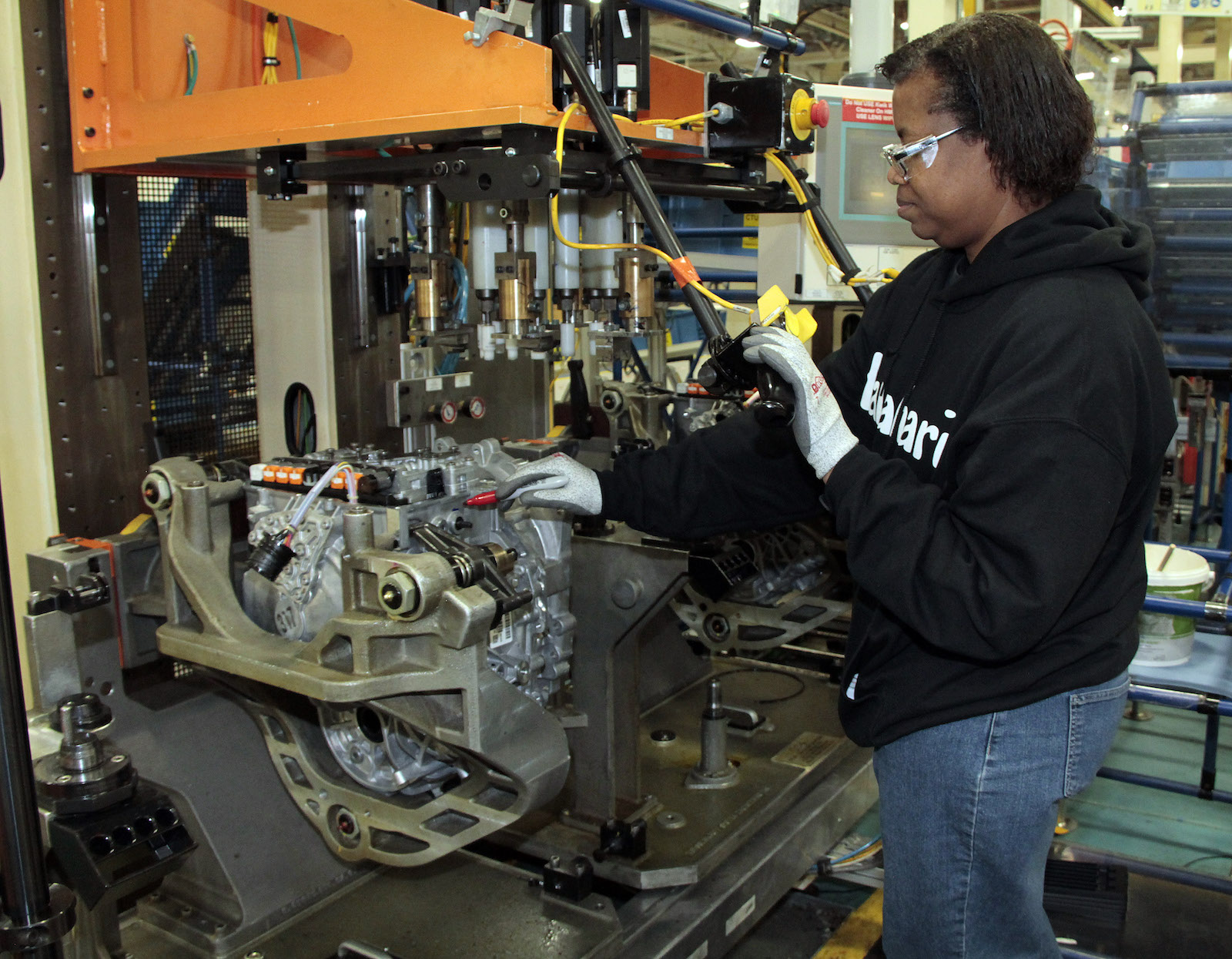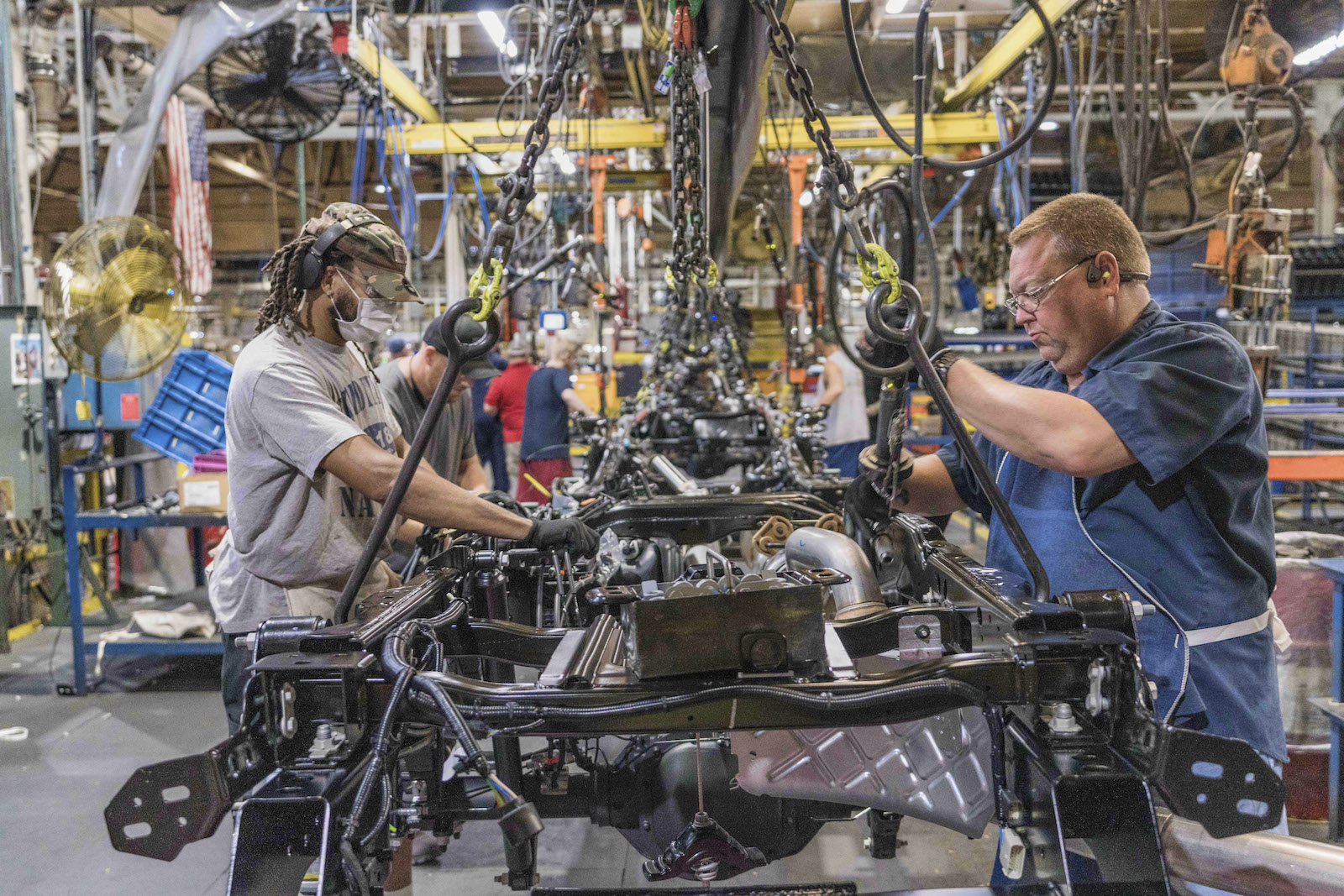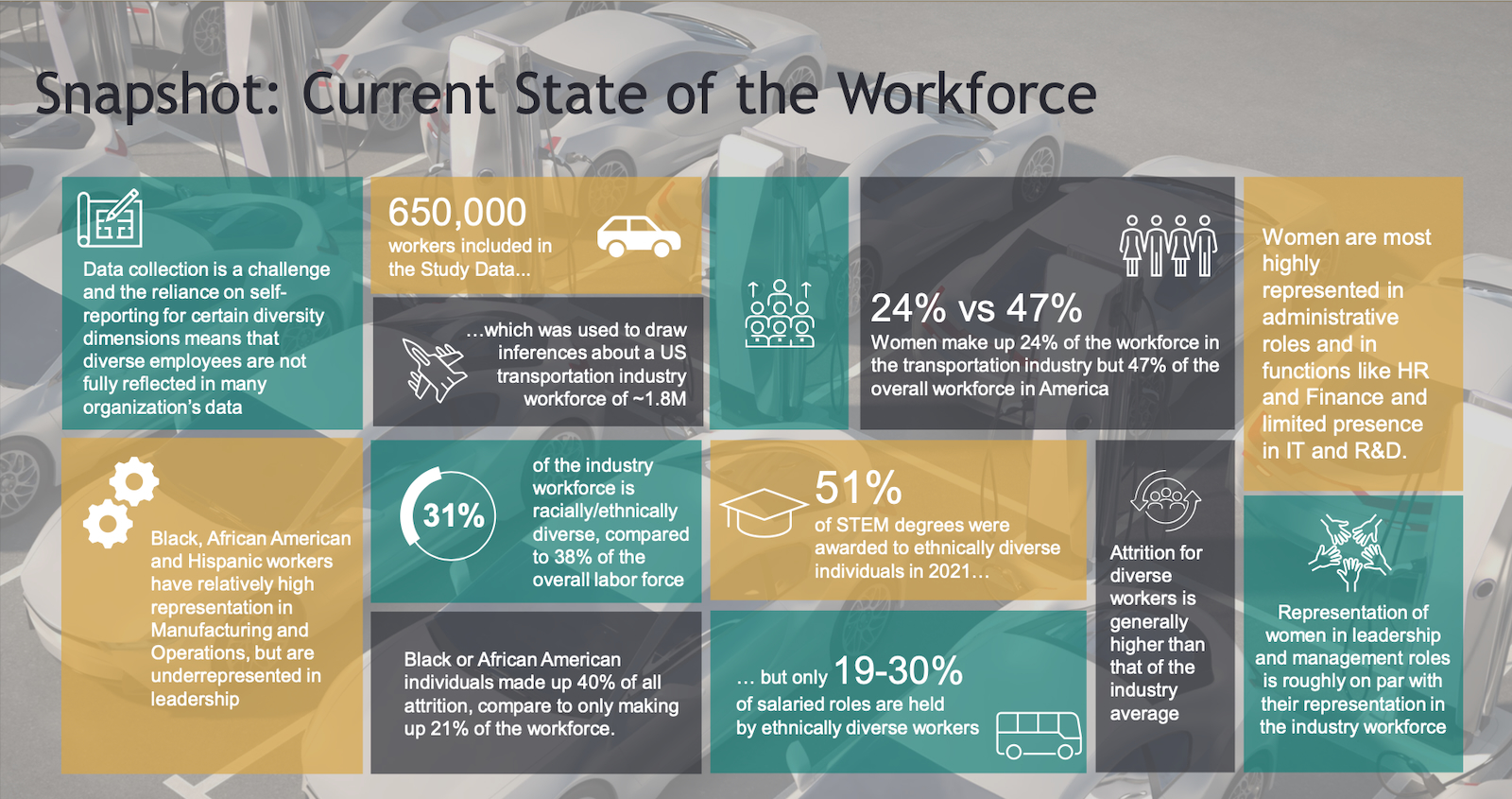Automakers and suppliers have been working to improve their diversity for some time now; however, they still lag the gains companies in other economic segments have made, according to a new study just released.
Woman and racial/ethnic minorities are still behind within the auto industry for overall employment as well as executive jobs. The news comes as part of a study jointly produced by CADIA, KPMG LC and MICHauto, which released the intial findings of the study Monday morning.
“To get to where you want to go, you must figure out where you are, and this study provides us with the information we need to measure progress in DEI over time and collectively work on outcome-centered goals. While the industry is moving forward, there is still work to be done,” said Cheryl Thompson, founder and CEO of CADIA.
More work to do
The industry’s been working to improve its diversity numbers. Here’s what the CADIA study found:
- Thirty-one percent of the transportation industry workforce is racially/ethnically diverse, compared to 38% of the overall U.S. workforce.
- Black/African American and Hispanic/Latino workers have relatively high representation in Manufacturing and Operations but are underrepresented in leadership roles compared to their share of the industry workforce.
- Women make up 24% of the workforce in the transportation industry but 47% of the overall U.S. workforce.
- Attrition rates for diverse workers are generally higher than that of the industry average.
- Representation of women among Executive, Senior Leadership and Manager roles (23%) is largely proportional to representation of women in the industry workforce (24%).
“To build on its progress toward a diverse workforce, organizations in the transportation industry must continue to prioritize efforts to attract and retain a diverse workforce and develop initiatives that drive equitable access to career development opportunities and ensure an inclusive environment where people feel a sense of belonging,” said Kristine Coogan, principal at KPMG, in a statement.
Long-term focus
Automakers usually report their efforts at improving diversity in their annual reports. However, several studies in recent years reflect a concerted effort to expand the makeup of their workforce.
Earlier this year, Honda issued its second annual Inclusion & Diversity report in June. Again, this is self reported, but the brand said its diversity numbers were up 2% within the full workforce, and 3% in its management ranks.
Ford enjoyed recognition by the 2023 Bloomberg Gender-Equality Index for corporate progress on gender diversity and inclusion in the workplace for the fifth straight year earlier this year. The index tracks policy development, representation, pay equity, culture and transparency.
GM boasts its recognition among the top 50 corporations in a report called Diversity Inc. The report is a product of Fair360. The report is based on a free survey that the corporations take to self-report on six facets of workplace fairness, including management and workforce diversity, executive accountability, talent sponsorship, workplace practices, supplier diversity, and philanthropy. On the top 50 list, Toyota is No. 4, Stellantis ranks No. 30, GM is at No. 33, and American Honda is No. 48.
The view from outside the corporations is not always so rosy about their diversity efforts. The Rainbow PUSH/Citizenship Education Fund (CEF) Automotive Project’s annual Automotive Diversity Scorecard issued late last year is far from green across the board. However, for the first time during the decade that the annual scorecard’s been issued, no automakers received a red grade.
A red grade is essentially a failure, meaning an automaker’s diversity “initiatives and investments were non-existent, not disclosed, or did not provide enough relevant information for scoring” according to the report’s rubric.
In addition to red, an automaker can receive a yellow grade, which indicates some evidence of ethnic diversity is visible. Green indicates that a given company is demonstrating best practices for ethnic diversity, comprising stated goals, initiatives, and dollar investments, together with accountability and growth.







0 Comments